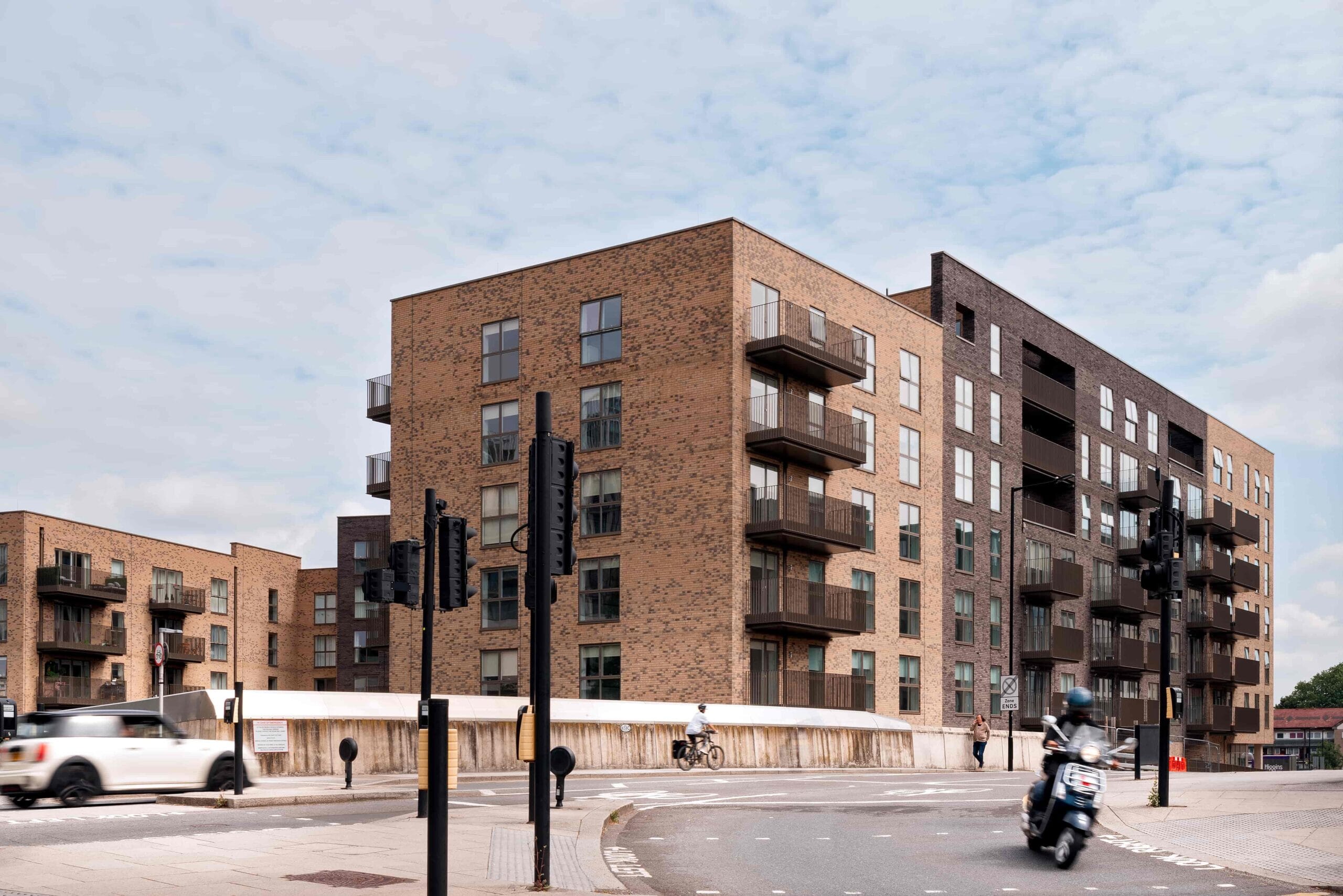Acoustic Design Advice
Manage noise in and around new developments with specialist acoustic design advice


Acoustic design assessments identify how a new development could impact or be impacted by its immediate and external environment. Considered acoustic design then ensures new developments limit sounds and noises travelling in, out or between spaces within the building, while supporting good acoustics within spaces.
Acoustic requirements can have significant influence over designs, impacting how sound travels internally, and limiting how much external noise can be heard within the property.
Building on the findings and conditions set by the Noise Impact Assessment, our acoustic design advice supports development of coordinated solutions.
How acoustic design impacts developments
Acoustic measures will influence specifications for a development’s fabric and glazing, plant and services and vibration mitigation, and ventilation solutions, thereby impacting energy and overheating considerations. Ensuring a coordinated approach to acoustic solutions supports developers to strike the right balance between compliance, developer costs, user comfort, and energy efficiency.


Considerations and regulations for acoustic design
Good acoustic design addresses three areas of noise or sound transmission:
- From external sources into the development – such as nearby transport links, or plant within or visiting surrounding buildings.
- From the development to adjacent properties.
- Between rooms or separating walls within the development.
Where the former two are relevant to a development, acoustic design considerations are necessary to fulfil the requirements of Approved Document E of the building regulations (AD-E). Developments may also be subject to conditions from the local planning authority (LPA), particularly in noise sensitive areas.
Additionally, plant noise, acoustic treatment of homes and the acoustic impact of a development on its locality are typically conditioned by the LPA, relevant to the development type and location.
The latter can be addressed through standard design details, called Robust Details, and typically does not require specialist acoustic design input.
Acoustic conditions for schools – For works within education settings, the acoustic environment must be compliant with BB93 Standards, to ensure comfortable spaces, conducive to learning.
BREEAM credits for acoustic design – Good acoustic design can also contribute to securing BREEAM Pol05 and HEA05 credits.


Our Acoustic Design service
Our building performance specialists work with a network of trusted acousticians – all accredited with the Association of Noise Consultants (ANC) – to deliver this service.
- Review – Liaising with the design team and energy and overheating consultants to understand project parameters. Reviewing the existing site noise survey to understand conditions applied to the development. Completing site surveys, where required. Revisiting and updating the noise survey, if conditions have been changed.
- Recommend – Providing initial proposals on how to mitigate noise impact, covering specifications for fabric and glazing, plant and services, and ventilation. Engaging with the design team to manage feedback and develop project-appropriate solutions.
- Report – Once solutions agreed, producing a report to discharge relevant planning conditions. Upon project completion, undertaking acoustic testing in line with AD-E requirements, submitting reports to building control for sign off.


